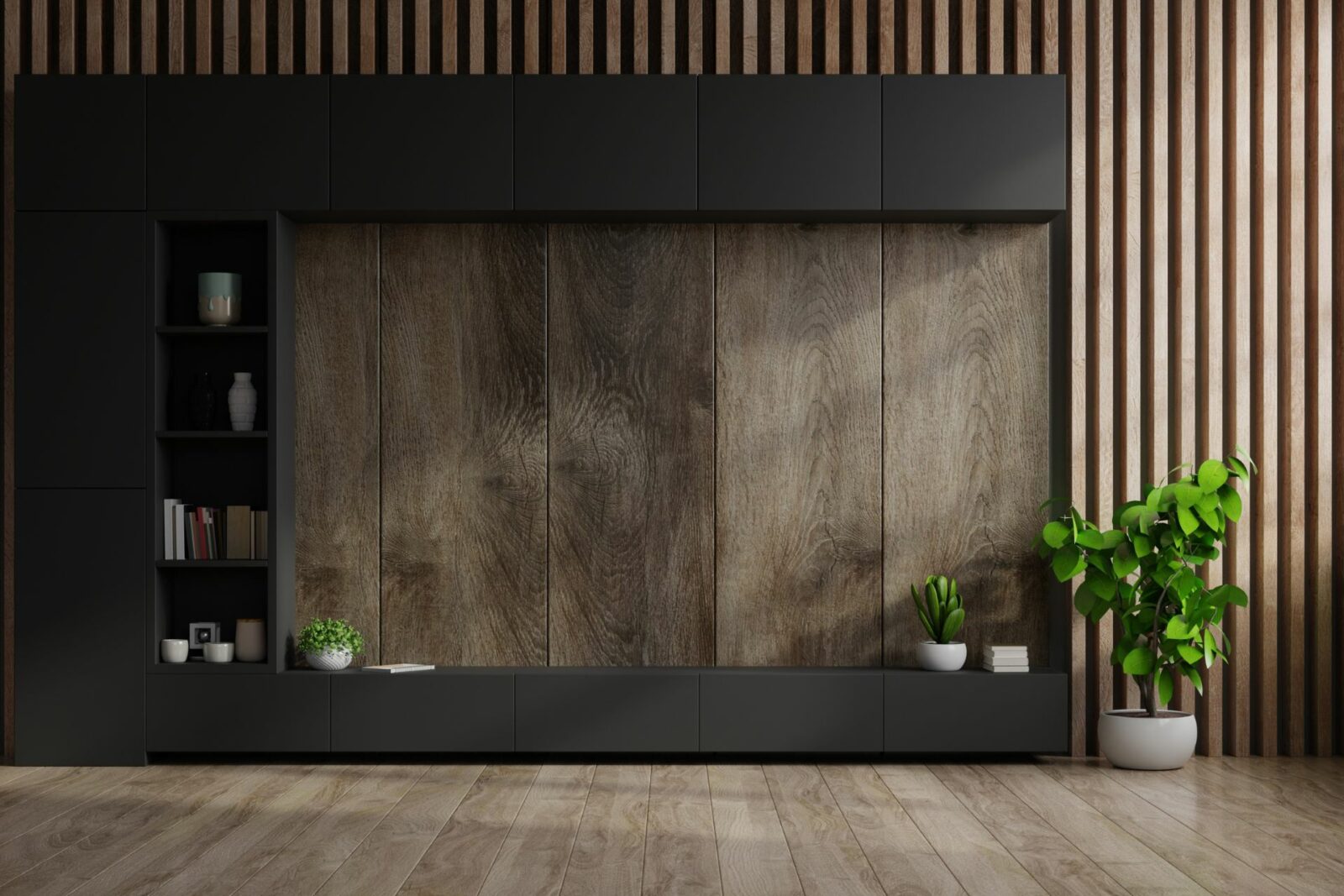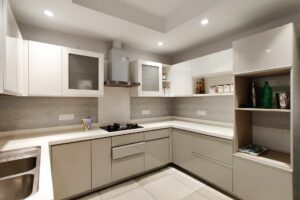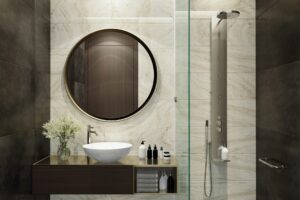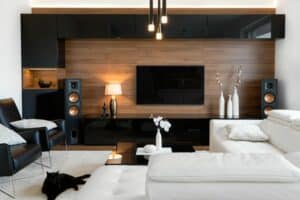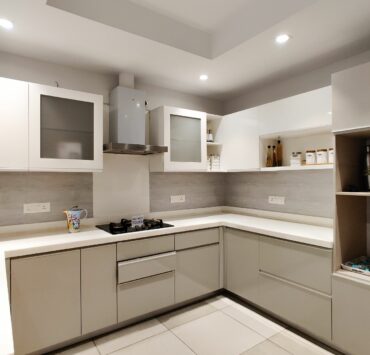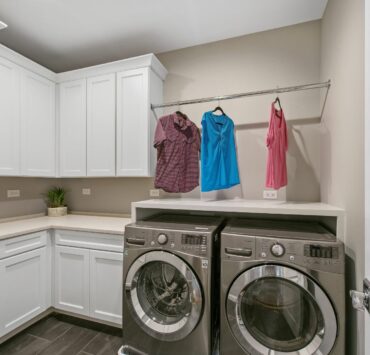In today’s ultra-modern world, the hidden TV cabinet has become a game-changer in living room aesthetics. Combining functionality with elegance, it’s not just a piece of furniture, but a versatile component of your interior design. Let’s delve into the world of hidden TV cabinets and discover how they can transform your space.
What is a Hidden TV Cabinet?
An enclosed TV cabinet, also known as a hidden TV cabinet, is a piece of furniture specifically designed to house your television. By providing a perfect blend of style and practicality, it successfully conceals your TV, offering a neat and tidy appearance. Let’s look at how we can build one.
How to Build a Hidden TV Cabinet?
Building a hidden TV cabinet might seem challenging, but with the right tools and some DIY spirit, you can create one that fits your space and style. Here’s a simple, step-by-step guide:
Materials You Will Need:
- Plywood or Medium Density Fiberboard (MDF) for the main structure.
- Smaller wooden pieces or MDF for the shelves and doors.
- Screws and nails for assembly.
- Wood glue for added strength.
- Hinges for the cabinet doors.
- Paint or wood stain for finishing.
- Sandpaper for smoothing surfaces and edges.
- A saw for cutting the wood or MDF to the right dimensions.
- A drill for making holes for screws.
- A measuring tape for accurate measurements.
- Safety gear including gloves, goggles, and a dust mask.
Step 1: Planning and Measurement
Before starting the project, you should have a clear idea of what you want your hidden TV cabinet to look like. Sketch out your design and take precise measurements. Remember to take into account the dimensions of your TV, as well as the space where you want to place the cabinet.
Step 2: Gather Your Materials
Based on your design, gather all the materials you need. These could include plywood or MDF, screws, nails, wood glue, hinges, and paint or stain. Don’t forget to wear your safety gear!
Step 3: Cutting the Wood
Cut your plywood or MDF according to the measurements you took in Step 1. You’ll need pieces for the sides, top, bottom, back, and doors of the cabinet. Make sure to cut accurately to ensure everything fits together neatly.
Step 4: Assembling the Cabinet
Start by attaching the sides to the bottom piece using screws and wood glue for extra strength. Then, attach the top piece in the same way. Once you have the basic frame, attach the back piece. Make sure all pieces are secure and the structure is sturdy.
Step 5: Installing the Doors
Next, install the doors onto the front of the cabinet using hinges. Ensure that the doors open and close smoothly.
Step 6: Adding Finishing Touches
Sand the entire cabinet to smooth out any rough edges or surfaces. Once sanded, you can add your choice of paint or stain. Allow it to dry completely.
Step 7: Mounting Your TV
Finally, place your TV within the cabinet, ensuring it’s securely positioned. If necessary, install a mounting bracket to hold the TV in place.
Step 8: Enjoy Your Hidden TV Cabinet
Now, all that’s left is to sit back and enjoy your new, stylish hidden TV cabinet!
Remember, safety should always come first. Use protective gear throughout the process.
Hiding a Mounted TV in Plain Sight
Mounting a TV on the wall saves space, but it can also become an aesthetic issue when not in use. So, how do we hide it seamlessly? Here are some ingenious solutions:
- Artistic Solutions: Install a retractable painting or print that slides to reveal the TV when needed.
- Utilize Mirrors: Install a two-way mirror in front of your TV. When the TV is off, it’s a mirror; when on, the images shine through.
- Decorative Panels: Using decorative panels that slide or fold can also camouflage your TV.
Why the Buzz Around Hidden TV Cabinets?
Hidden TV cabinets offer a solution to the eternal conflict between aesthetics and technology. They effortlessly blend in with your home decor, transforming a living room into a seamless space of beauty and function. Plus, they protect your TV from dust and accidental damage.
FAQs about Hidden TV Cabinets
How much do you need to pay for a hidden TV cabinet?
The price of a hidden TV cabinet can change a lot based on its size, what it’s made of, how well it’s made, and if it’s built just for you or made in bulk. Ready-made ones usually start at around $300 and can cost up to $2000 or even more for bigger, fancier models. If you get a hidden TV stand made just for you, it might cost more because it takes more work and a special design. However, if you like doing things yourself and are good at it, you could save money by just buying the materials and tools needed.
Can you put any TV in a hidden TV stand?
Basically, you can put any TV in a hidden TV stand if the stand is made to hold the TV’s size and weight. But, it’s very important to know the exact size of your TV, including how thick it is, before you build or buy a stand. This makes sure the TV fits just right and stops the TV or stand from getting damaged.
Are there hidden TV cabinet models that come with additional storage?
Absolutely, many hidden TV cabinet models offer additional storage. This can take the form of shelves or compartments below or at the sides of the TV enclosure. This additional storage can be a great place to keep your DVDs, game consoles, remotes, and other electronics neatly hidden away. The additional storage options contribute to the overall functionality and aesthetic appeal of the cabinet, keeping your space organized and clutter-free.
Conclusion
Hidden TV cabinets are more than a design trend; they’re a practical, stylish solution for contemporary living spaces. By creating a neat, harmonious environment, they let you enjoy your entertainment without compromising on aesthetics. So, don’t let your TV steal the spotlight of your beautifully curated living room; instead, let a hidden TV cabinet subtly blend it into your decor.
